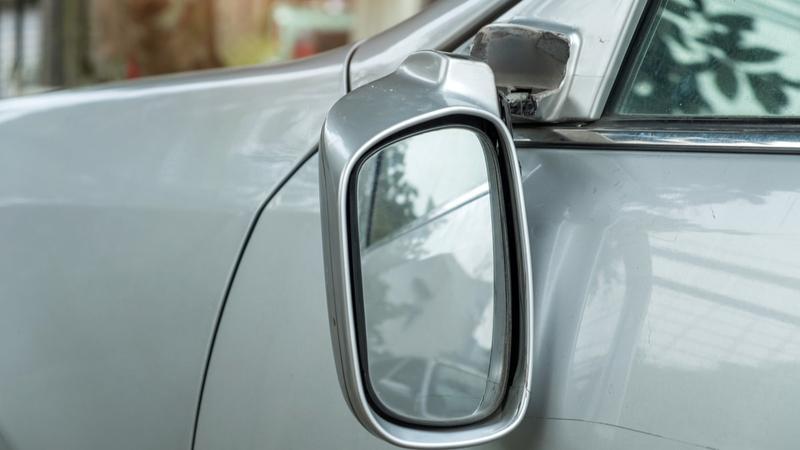Comprehensive coverage is an optional coverage and most people have it included on their auto insurance policy because it provides protection from a variety of different risks. These risks include theft, vandalism, and other damage to your car that stems from a non-collision incident. Weather-related damages, such as a tree toppling onto your car after a windstorm, would also be covered under your comprehensive coverage.
Comprehensive coverage does come with an added premium, however, and when drivers are looking to trim how much they spend on insurance, many people wonder at which point their vehicle is old enough to ditch the coverage.
Why carry comprehensive in the first place?
Many people carry comprehensive coverage, along with collision coverage, as options on their policy because they are required to do so by a lender. The bank or other institution that carries the loan on your vehicle can, and most often does, require you to carry these two options to protect their interests in the car.
If the vehicle is not financed or leased though, drivers still often choose to take both coverages when setting up their auto insurance policy. It often makes sense and provides a level of comfort, especially when your car is newer and more expensive to repair or replace.
Car repairs can be pricey and comprehensive coverage can help offset the costs when damages are caused that are unrelated to an accident. It can replace broken glass, pay for damages caused by vandalism or fire, and even replace your car if it is stolen and not recovered. Of course, it does not pay for maintenance. Collision coverage on the other hand, will pay for damages caused if you’re in an accident. The collision could be with another vehicle, object (say you hit a guardrail or pillar), or if your car rolls over. Both coverages, comprehensive and collision, come with a deductible.
Comprehensive coverage and older cars
As a car gets older, it generally depreciates in value and having comprehensive coverage on your vehicle may be costing you more than it is worth; especially once the policy’s deductible is factored into the equation.
There is no hard and fast rule for when (or if) you should drop comprehensive coverage. This is true for two reasons: first, vehicles depreciate at different rates and secondly, everyone has a different tolerance for risk. As a result, there is no set guideline. Instead, you’ll have to look at the value of your vehicle to determine if you feel comfortable, both personally and financially, to forgo the coverage.
What does dropping comprehensive coverage mean?
If you choose to drop comprehensive coverage from your policy, you will not receive anything from your insurer in the event that your car is stolen, for example, it has an engine fire, or is damaged from a severe weather event. You’ll have to foot the bill for the repairs on your own.
When should you drop comprehensive?
There is no reason to drop comprehensive coverage if you prefer to keep it in place. If you’re on the fence about its benefits, however, it makes sense to review your policy needs when the amount you are paying for the coverage (and your deductible) approaches the value of your car.
Pull out your policy to see how much you pay each year for comprehensive coverage. Make note of how much your deductible is too. Then, compare these two numbers to the current value of your vehicle. For example, if your car is worth $2,000 and your deductible is $500, the math says that the most you will get from the insurance company in a total loss situation is $1,500. Is the premium you’re paying for this coverage worth it? Only you can decide the answer.
It’s worth noting that as the value of your vehicle goes down, the amount you pay for comprehensive coverage will generally go down as well. The financial risk that the insurance company takes by providing the coverage lessens, and this means they charge you a smaller premium for that coverage. For many people, the small cost of keeping comprehensive, even on a car worth very little, is still money well spent.
